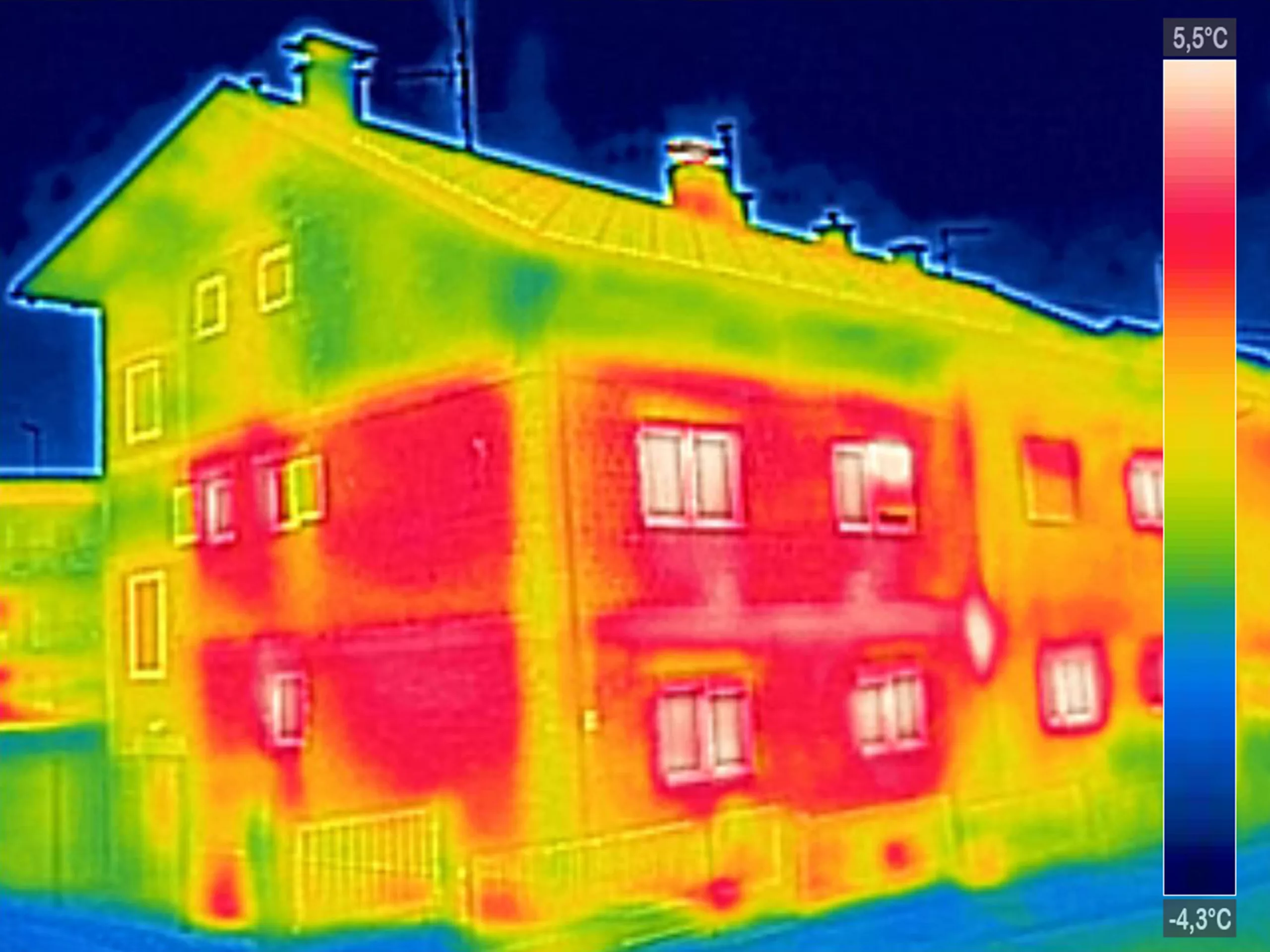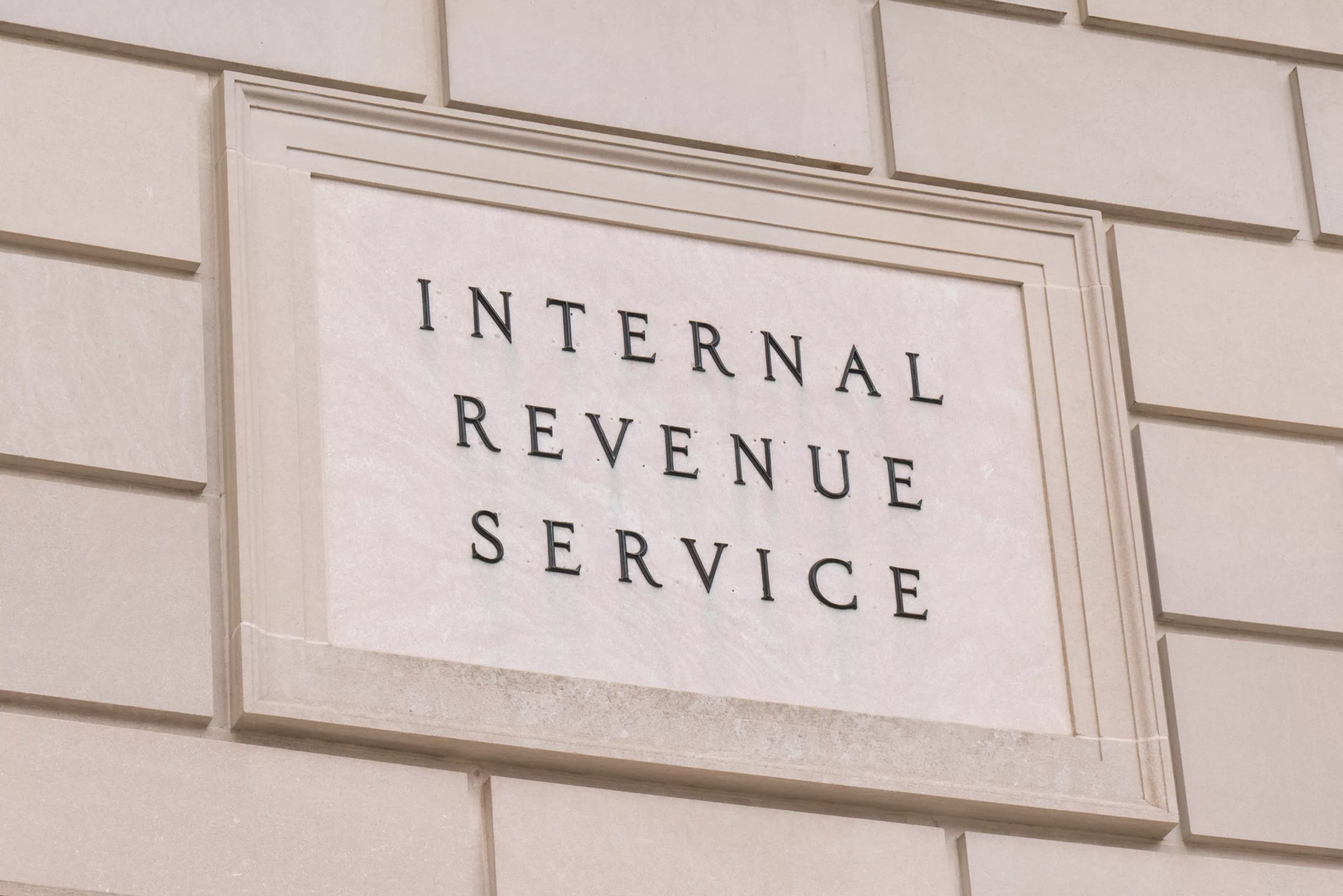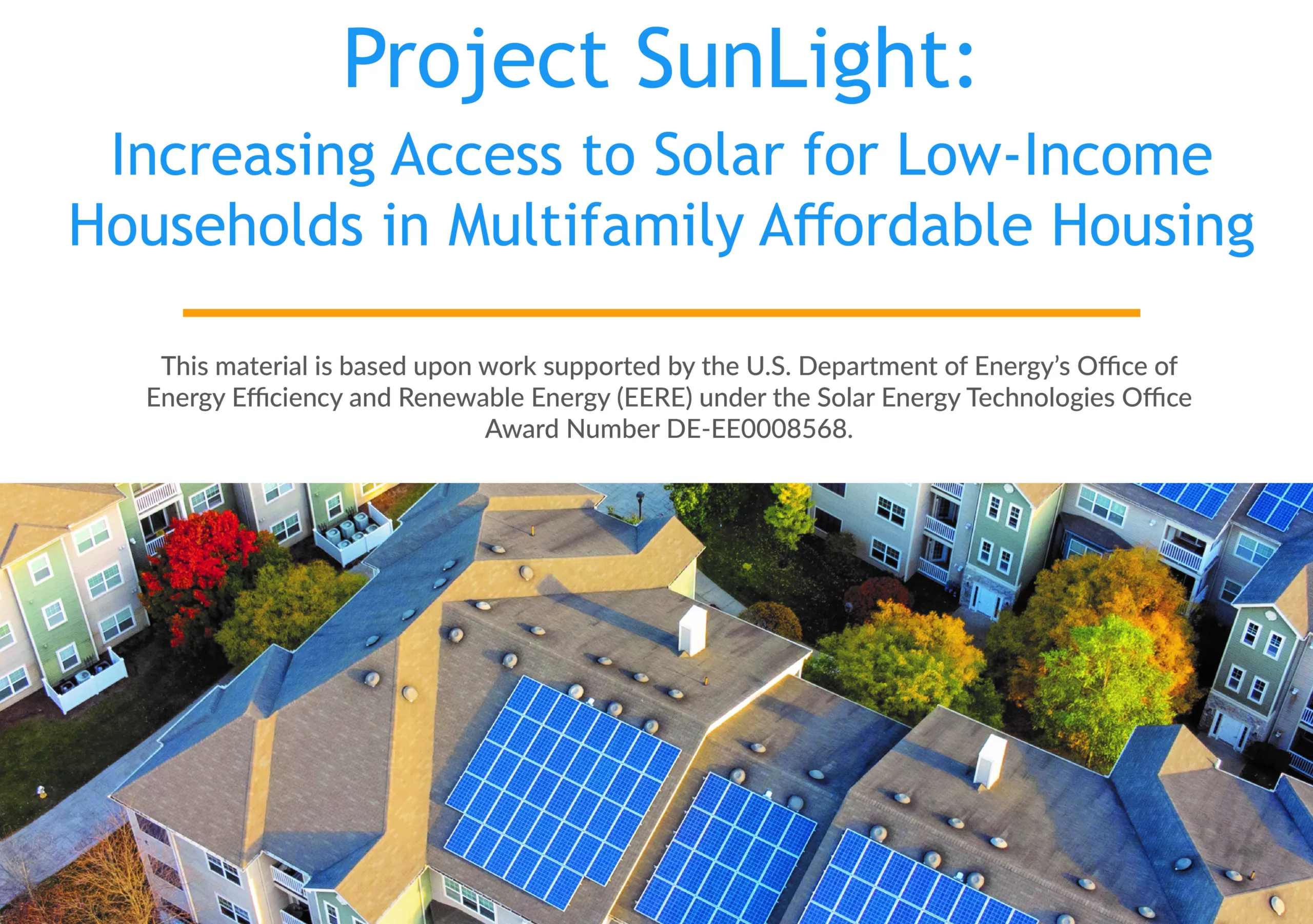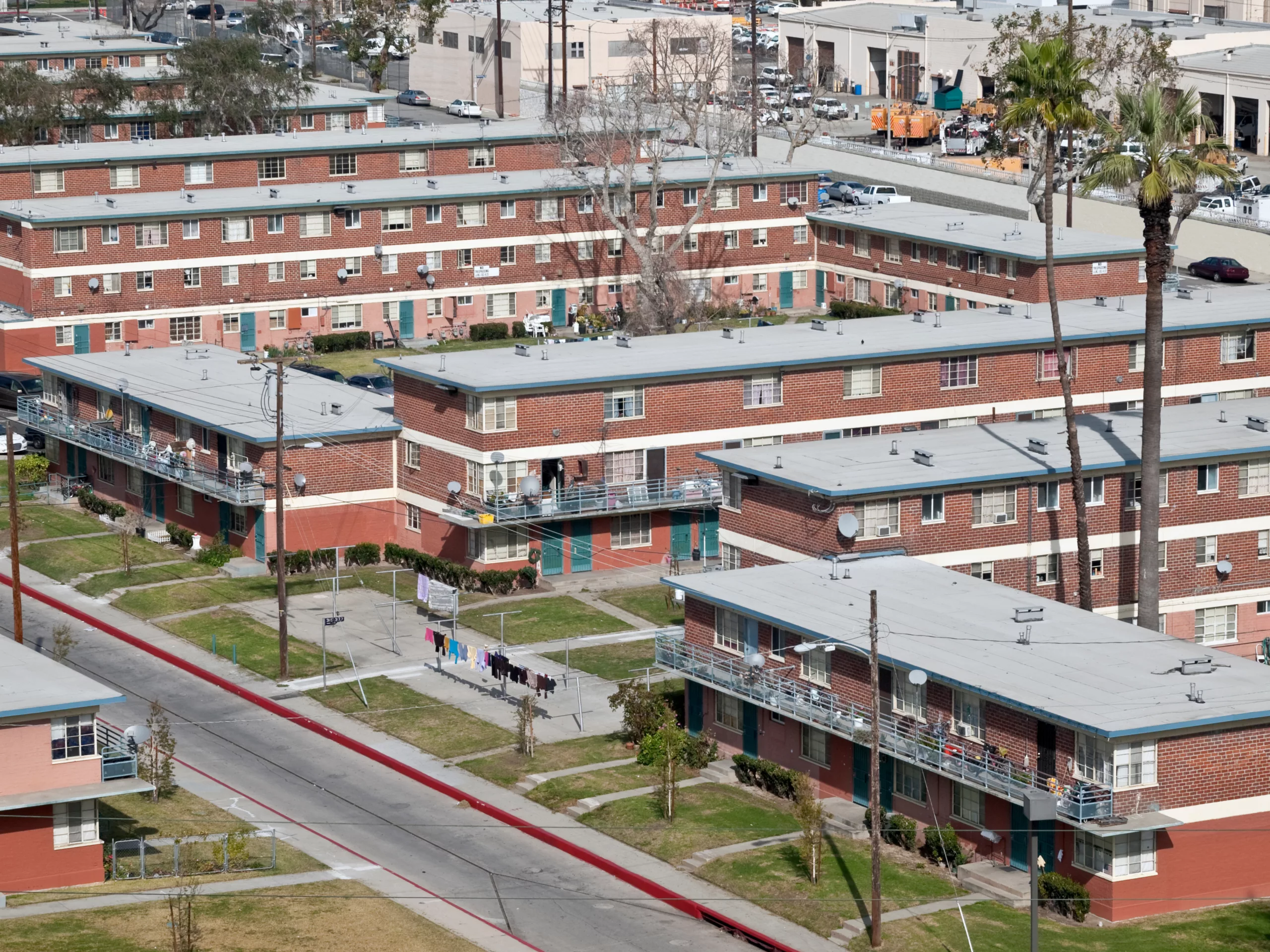August 2023 Newsletter

ICAST Experts Weigh In: Green Upgrades – Customer Satisfaction and Keeping Costs Low
By Rob Foley | Technical Solutions Specialist
Mr. Foley supports the organization with his expertise in energy auditing, capital need assessments, and energy modeling.
New incentives from the Inflation Reduction Act (IRA) have elevated high-efficiency heat pump HVAC technology in our news feeds and conversations. ICAST has been promoting and installing these systems for years because we recognized their potential to benefit property owners and residents in the multifamily affordable housing (MFAH) space. They provide heating and cooling, and are roughly three times more efficient than their conventional counterparts, and recent technological innovations have dramatically improved their performance in cold climates. Finally, we’re seeing the hype start to match the potential of these systems.
Amid this positive change, it’s crucial to remember that the building is a system. Property owners considering heat pump HVAC upgrades shouldn’t move forward without assessing all opportunities to improve the property’s overall efficiency. For many buildings, the retrofit ‘package’ must include weatherization. Measures like insulation, air sealing, and multi-paned windows can reduce or eliminate the loss of hot or cold air. These measures are already valuable because they improve property value and increase tenant health and safety. Still, beyond that, they bring down the baseline energy consumption (read also: “costs”). As a result, the owner can purchase smaller, less energy-intensive heat pumps—spending less upfront and saving more over the long term. This is particularly important when considering “electrification” upgrades, for example, replacing a gas furnace with an electric heat pump. Gas is historically cheaper than electricity, so if owners ignore weatherization, switching to a heat pump can increase costs and yield disappointing results regarding comfort and energy use. Read more here

The US Internal Revenue Service (IRS) has revealed how smaller and tax-exempt organizations can take advantage of clean energy investment tax credits (ITC), with guidance on direct pay and transferability.
Last week the US Department of Treasury and IRS released updated guidance on tax credits included in the Inflation Reduction Act (IRA), specifically how state and local governments, nonprofits, and other entities can benefit from the renewable energy tax breaks.
The two headline announcements are provisions for ‘elective pay’ (or ‘direct pay’) and ‘transferability’, both of which are credit delivery mechanisms intended to broaden the scope of eligible recipients under the IRA.
They are the final two aspects of the new tax credit incentives effective in January that the industry has been waiting for clarity on. The new tax credit options include an investment tax credit (ITC) for standalone energy storage, having previously only applied to generation units and their co-located storage. Read more here

Free Online Clean Energy Safety Training Available Through Federally Funded Program
A Department of Energy-funded program is providing free online education and training on the safety and installation of solar, energy storage, electric vehicle supply equipment, and high-performance buildings (a group of technologies collectively called, “distributed energy resources,” or DERs). The EMPOWERED program, this initiative offers videos, guides, CEU-bearing courses, and more on two websites: CleanEnergyTraining.org and CleanEnergyClearinghouse.org.
The EMPOWERED resources are designed and vetted by a coalition of experts nationwide, focusing on creating materials that are immediately practical to contractors, code officials, electricians, and anyone else working with DERs in the building space. Popular highlights include a guide to frequently asked questions about heat pumps, a breakdown of energy storage basics, and a short course on electric vehicle charging for building owners, among many others. Over 75,000 building safety professionals across all 50 states have utilized the EMPOWERED resources. Read more here

ICAST Policy Blog
Update on Biden Administration’s Investing in America Tour
President Biden and team recently toured the U.S. to directly communicate with communities impacted by his Investing in America Agenda. During the tour, the President discussed how federal investments including the Inflation Reduction Act (IRA) and Bipartisan Infrastructure Law (BIL) are driving a manufacturing and clean energy boom, rebuilding the country’s infrastructure, lowering costs, and creating jobs. Highlights include:
* $503 billion (so far) in commitments from private companies to invest in industries like EVs and batteries, clean energy, and biomanufacturing
* $299 billion in public infrastructure and clean energy investments, including $22.3 billion for grants, rebates, and other initiatives to accelerate the deployment of clean energy, clean buildings, and clean manufacturing
* $8.8 billion in home energy rebates to cut energy costs by weatherizing homes and replacing old appliances with more efficient models
U.S. Dept. of Energy Launches New Round of American-Made Solar Prize
The DOE opened applications for round seven of its American-Made Solar Prize Competition. This round is a $4 million prize program designed to spur innovations in U.S. solar hardware and software technologies. The American-Made Solar Prize is a multi-million-dollar prize competition designed to energize U.S. solar manufacturing through a series of contests and the development of a support network that leverages national laboratories, energy incubators, and other resources across the country. The competition enables the rapid development of innovative solar solutions by providing resources and support to entrepreneurs as they transform concepts into early-stage prototypes ready for industry testing. Since its launch, the Solar Prize has awarded $19.6 million in cash prizes and other support to 140 teams over the course of six rounds. The deadline to apply for this round is September 27, 2023. Read more here

ICAST Releases Resource Guide for Deploying Solar in Multifamily Housing
Since 2019, ICAST has been working with the U.S. Dept. of Energy’s Solar Energy Technology Office to implement Project SunLight, an initiative to overcome the hurdles of deploying solar PV in MFAH. MFAH has been chronically underserved by clean energy programs, denying the low-income tenants access to green solutions that could reduce their utility bills and improve their quality of life. Accelerating solar PV adoption in MFAH can help the U.S. achieve critical greenhouse gas reduction targets, reduce utility bills, and help preserve housing affordability for low-income populations, thus furthering the federal Justice40 goals.
ICAST concluded Project SunLight this year. As part of the wrap-up, we are excited to announce that we are releasing a Resource Guide that will help legislators, regulators, utilities, investors, program implementers, and other stakeholders better understand the barriers to delivering solar PV at scale to low-income tenants of MFAH, and how to overcome those barriers. This Guide includes ICAST’s feasibility studies and market analysis on existing approaches to solar and storage in MFAH, case studies, best practices from industry leaders, and lessons learned during the project. Access it here. Read more here

Decarbonizing the Nation’s Buildings
Ensuring Multifamily Benefits from the Push
Tax Credit Advisor, August 2023
Since early 2023, ICAST’s articles have covered the Inflation Reduction Act (IRA) and Bipartisan Infrastructure Law (BIL) and their potential impacts on multifamily affordable housing. The BIL provided billions for the Weatherization Assistance Program (WAP) on top of the standard allocation, so for the next four to five years, the WAP will have approximately $5 billion for energy efficiency, solar, and health and safety upgrades.
We are seeing various states allocating some of their funds to benefit multifamily housing, and others considering it. The majority are still sticking with “business as usual” and trying to use all their funds for single-family. We expect a similar scenario to play out with the IRA-funded Home Energy Rebate Program’s funds (totaling approximately $9 billion), which will be disbursed by the U.S. Department of Energy (DOE). Now is the time for the affordable housing sector to make its voice heard and gain access to these funding sources. Read more here
Sign Up for the ICAST Newsletter
